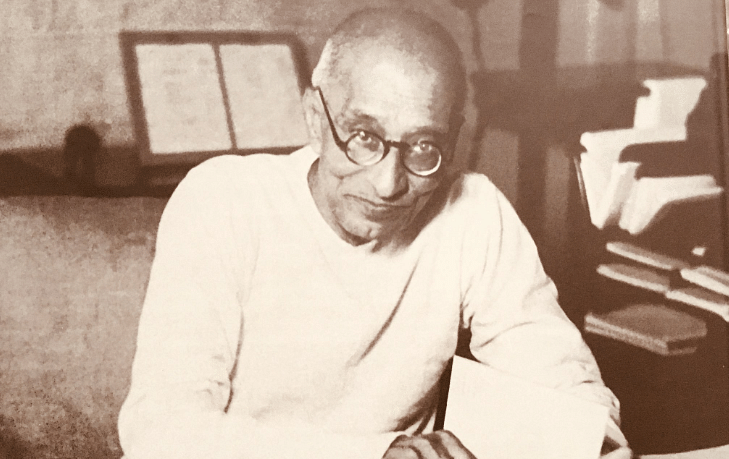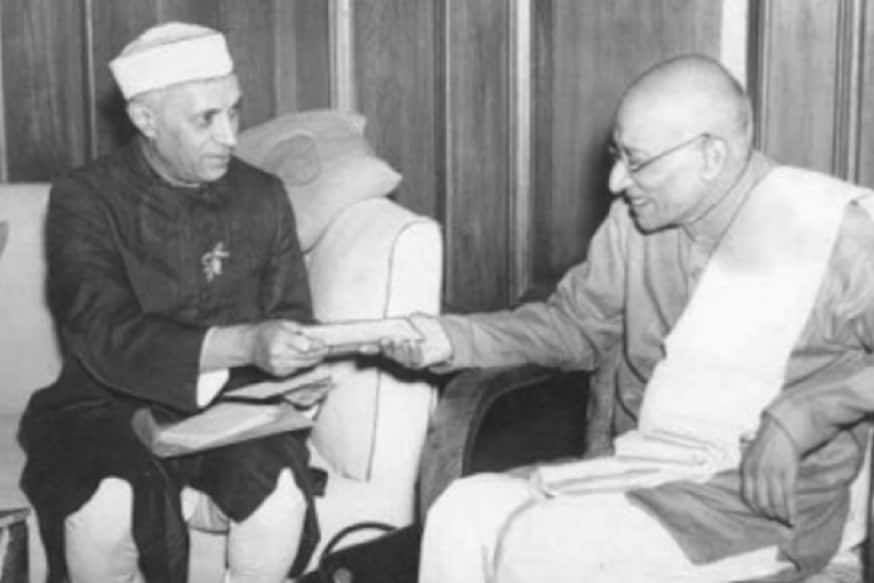After gaining independence in 1947, India had a Governor General for the next 2 years. C. Rajagopalachari, a lawyer by profession and freedom fighter, served as India’s first and only Governor General.
On 10th December 1878 C. Rajagopalachari was born into a privileged family. His father Chakravarti Venkataryan was the Munsiff of Thorapalli, Tamil Nadu. Rajaji completed his primary education in his state and passed his matriculation in 1891. He graduated from Central College in Bengaluru in 1894.

Credits – The Print
Although a lawyer by profession, Rajaji was very interested in keeping an eye on the political happenings. Besides carrying on with his job Rajaji also became a member of Salem Municipality. When Rajaji served as the chairman of the municipality, the organisation got its first Dalit member.
A Loyal Gandhian
It was in Salem, while practicing law, that Rajaji first heard of the man who was going to influence him greatly. His first exposure to Gandhi was as a lawyer who had started a civil disobedience movement against the British in South Africa. The ideals of Gandhi greatly influenced Rajaji. In 1913, he even printed Gandhi’s experience in jail.
According to historian Ramchandra Guha, Rajaji followed Gandhi’s activities with a lot of fascination. However, it took him a long time to meet his idol. The duo first met in 1919 in Madras. It was the year when Gandhi announced his non-cooperation movement against the British. Rajaji became a part of the protest and even served his time in jail.

Rajaji with the Mahatma
After serving his sentence in jail, Rajaji became an ardent Gandhian and tried his best to promote the ideals. He opened an Ashram to promote the Gandhian values of Hindu-Muslim unity and the abolition of untouchability.
Rajaji became the flagbearer of Gandhian ideals in the southern part of the country. Besides becoming the editor of a newspaper started by Mahatma Gandhi, he even replicated the famous Dandi March in the Madras Presidency.
Rajaji in Congress
In the 1930s, Rajaji served as the president of the Tamil Nadu Congress Committee. After working for the party in the state, he was even made the first premier of the Madras Presidency following the 1937 elections.
His work as the premier reflected his ideology. On assuming office, he was quick to pass the Temple Entry Authorization and Indemnity Act 1939, which removed the restrictions on Dalits from entering the temples.

Rajaji with Pandit Nehru
However, Rajaji is also blamed for promoting a few casteist and divisive policies during his tenure as the Premier. He attracted a lot of criticism by implementing Gandhi’s Nai Talim scheme. Rajagopalachari was heavily criticized for making Hindi a compulsory subject in schools. This decision was met with protests all around the state, known as Anti-Hindi agitations.
The only time Rajaji differed with Gandhi was in 1940, over the matter of the Quit India Movement. He was not on the same page as Congress, as far as the matter of neutrality in the war was concerned.
Rajaji during Partition
Rajagopalachari resigned from the position of Premiership following his differences with the Viceroy of the country. In 1947, he was appointed as the governor of West Bengal, which faced the wrath of partition.
The first time Rajaji became India’s Governor General was in 1947 when lord Mountbatten was not present in the office. In 1948, as Mountbatten was set to leave the country for good, Rajagopalachari was given the position until the enactment of India’s constitution.



















































































